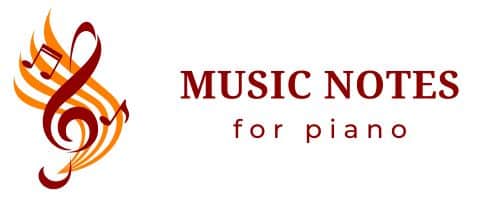Notation serves as a universal language for musicians, providing a means to convey musical ideas, rhythms, and emotions. Whether you are a novice or an experienced player, understanding music notation is important for improving your skills on your instrument. This article will explore the basics of musical notation and how it directly applies to your instrument, allowing you to interpret and express music more effectively.
The foundation of music notation is composed of staff, clefs, notes, and rests. A staff consists of five lines and four spaces, each representing a different musical pitch. Depending on your instrument, you may encounter the treble clef, bass clef, or even other clefs like the alto clef or tenor clef. The choice of clef directs you to the correct ladder of notes suited to your instrument’s range, so understanding the clef that applies to your instrument is paramount.
As you progress, you’ll encounter a variety of notes that indicate different pitches and durations. Notes are represented by oval shapes and are placed on the staff. Each position dictates a specific note—familiarizing yourself with these positions is important. For instance, on the treble clef, the notes in the spaces spell out the word “FACE” while the lines represent “EGBDF.” When you play your instrument, associating these positions with the appropriate finger placements or mouthpiece techniques enhances your performance.
In addition to notes, you will also come across rests, which symbolize silence. Rests serve just as important a role as notes do in creating a musical piece’s rhythm and flow. Different symbols represent varying lengths of silence across the staff. Knowing when and how long to rest while playing your instrument allows you to contribute to the overall musical balance.
Another key aspect of notation is time signatures, typically located at the beginning of a piece. These signatures tell you how many beats are in each measure (the section of music between two vertical lines) and which note value constitutes one beat. For example, a common time signature is 4/4, indicating that there are four beats per measure with a quarter note receiving one beat. Understanding this concept helps you maintain a steady rhythm while playing your instrument.
Dynamic markings also come into play when interpreting musical pieces. These instructions indicate the intensity of sound, suggesting whether to play softly (piano) or loudly (forte). Adapt your playing style according to these dynamics to bring the piece to life and to express varying emotions through your instrument.
Lastly, performance markings inform you about articulation, tempo, and expression. As you play your instrument, these notations guide your interpretation, allowing you to convey the music’s character accurately. In essence, notation forms a bridge between the written and the played, enabling you to achieve your full potential as a musician.
In the final account, musical notation serves a vital role in your journey as a musician. By understanding how it applies to your instrument, you can elevate your playing and engage deeply with the music you perform. This knowledge will empower you to interpret, express, and enjoy your musical adventures fully.
